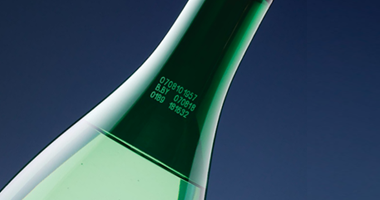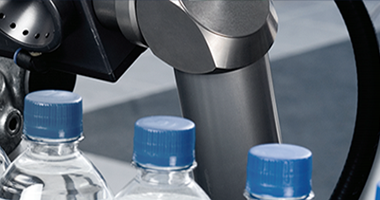Bottle filling machines are crucial components in industrial bottling lines. They directly handle finished products, requiring exceptional reliability, hygiene, and quality assurance. Ensuring these standards involves maintaining product integrity throughout the filling process and providing easy-to-clean or sterilize features, particularly for contamination-sensitive products.
How Do Bottle Filling Machines Work?
During the filling process, bottle filling machines handle various product types, including foamy, dense, creamy, fluid liquids, powders, and granules. These products can be packaged in diverse container forms such as bottles, vials, pots, jars, cans, tanks, buckets, tins, bags, sacks, and bag-in-box systems.
Different filling methods like negative pressure filling, gravity filling, and isobaric filling are utilized depending on the product’s characteristics and packaging requirements. Types of fillers used in these machines include volumetric fillers with batching syringes, gravity fillers equipped with electronic or mechanical weighing units, and constant-level negative pressure fillers suitable for rigid containers.
Bottle filling machines are meticulously set and calibrated to ensure accurate, precise, and efficient filling operations, guaranteeing consistent product quality and operational reliability.
Related Articles
Suggested Solutions


